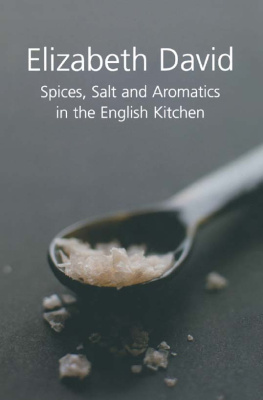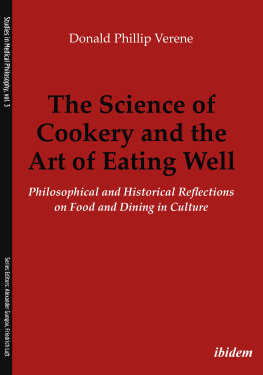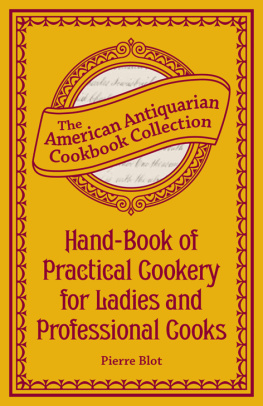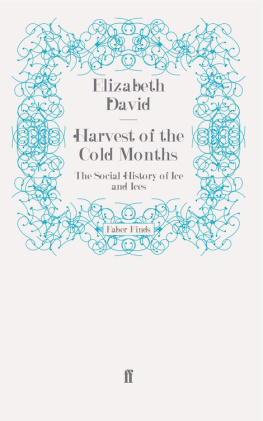David - Harvest of the Cold Months: the Social History of Ice and Ices
Here you can read online David - Harvest of the Cold Months: the Social History of Ice and Ices full text of the book (entire story) in english for free. Download pdf and epub, get meaning, cover and reviews about this ebook. City: London, year: 2012, publisher: Faber & Faber, genre: Non-fiction. Description of the work, (preface) as well as reviews are available. Best literature library LitArk.com created for fans of good reading and offers a wide selection of genres:
Romance novel
Science fiction
Adventure
Detective
Science
History
Home and family
Prose
Art
Politics
Computer
Non-fiction
Religion
Business
Children
Humor
Choose a favorite category and find really read worthwhile books. Enjoy immersion in the world of imagination, feel the emotions of the characters or learn something new for yourself, make an fascinating discovery.
- Book:Harvest of the Cold Months: the Social History of Ice and Ices
- Author:
- Publisher:Faber & Faber
- Genre:
- Year:2012
- City:London
- Rating:5 / 5
- Favourites:Add to favourites
- Your mark:
Harvest of the Cold Months: the Social History of Ice and Ices: summary, description and annotation
We offer to read an annotation, description, summary or preface (depends on what the author of the book "Harvest of the Cold Months: the Social History of Ice and Ices" wrote himself). If you haven't found the necessary information about the book — write in the comments, we will try to find it.
A splendid tale of human ingenuity in the service of taste, sedulously researched and told with great flair. Loyd Grossman Sunday Times
Author of such cookery classics as Italian Food and French Provincial Cooking, Elizabeth David (1913-1992) found that the literature of cookery, as well as the practical side, was of absorbing interest, and she studied it throughout her life. Spices, Salt and Aromatics in the English Kitchen was published in 1970, followed by English Bread and Yeast Cookery, for which she won the Glenfiddich Writer of the Year award, in 1977. At the time of her death in 1992 she was working on this equally epic study of the use of ice, the ice-trade and the early days of refrigeration, which was published posthumously in 1994 as Harvest of the Cold Months.
An awe-inspiring feat of detective scholarship, the literally marvellous story of how human beings came to ingest lumps of...
David: author's other books
Who wrote Harvest of the Cold Months: the Social History of Ice and Ices? Find out the surname, the name of the author of the book and a list of all author's works by series.
















